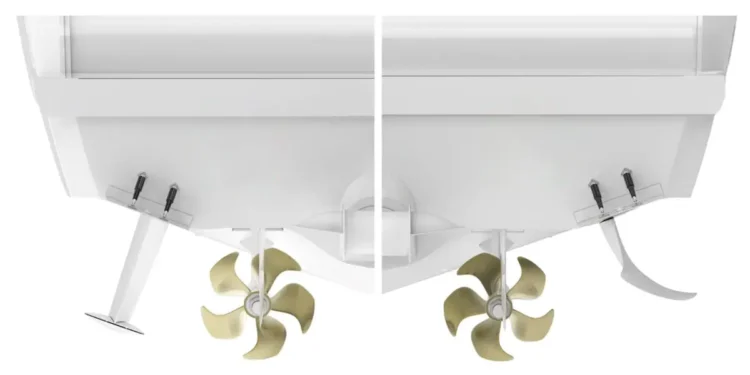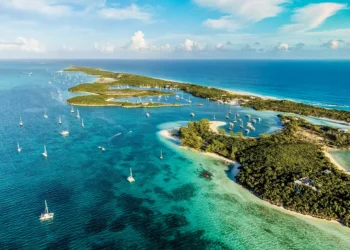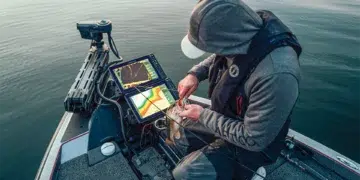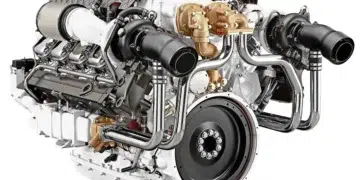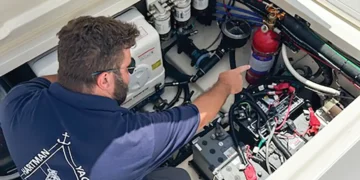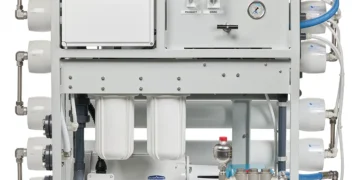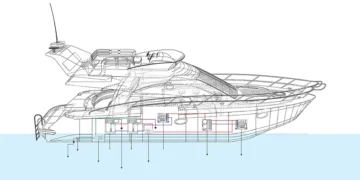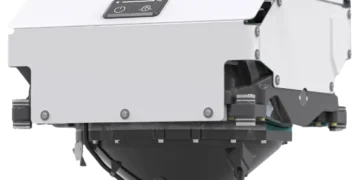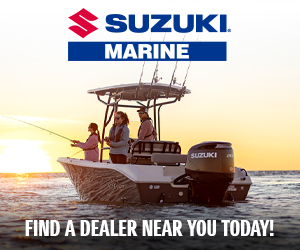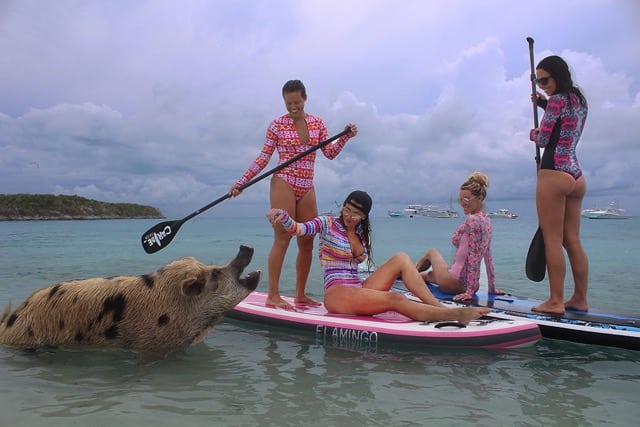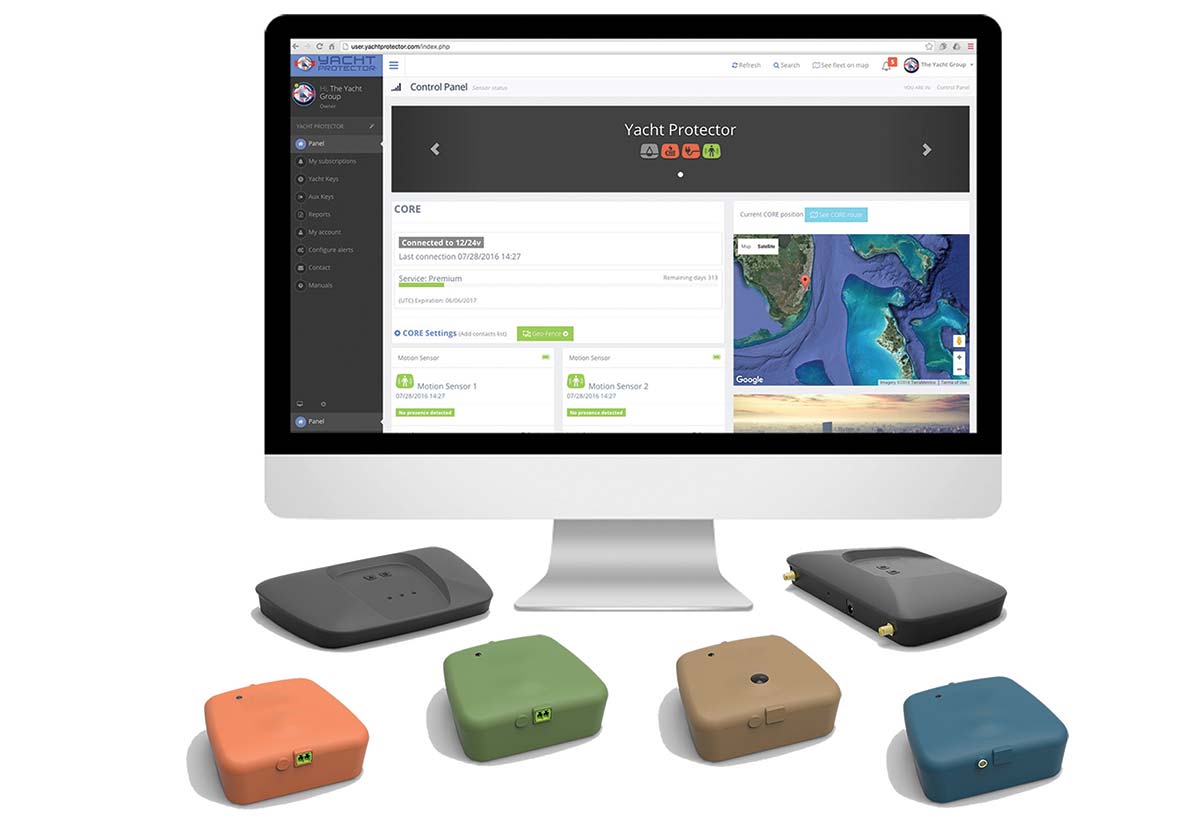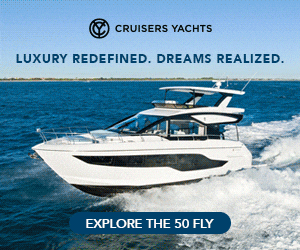A creative idea paved the way for Sleipner’s Curved Stabilizer Fins.
I’d say most everyone who’s into boating knows the purpose of stabilizers. Whether through fins, gyros, or interceptors, stabilizers are designed to do just what their name suggests—stabilize the boat’s roll, pitch, and yaw. Unfortunately, not one stabilizer system can do it all.
Interceptors, which attach to the boat’s stern, are primarily for pitch while underway, and fin and gyrostabilizers reduce roll both underway and at anchor. Although each method has an effect beyond their main purpose, they improve the boat’s performance, handling, and stability for greater comfort and safety.
Stabilizer fin design has come a long way since it was introduced in the 1920s with the flat fin design still prevalent today, so when Sleipner introduced a curved stabilizer fin, the design was a game changer.
Also Read:
Increased Cruising Permit Fees – Bahamas’ New Rules Take Effect July 1
Updated July 31, 2025. If the Bahamas is on your cruising itinerary, pay attention: Starting July 1, 2025,...
“We started in 2010 with stabilizers,” says Marius Torjusen, COO at Sleipner Group. “At that time, we had flat fin stabilizers, just like anybody else, but we struggled with the side effects of some sideways movement.” When at anchor, the fins stopped the boat from rolling, but also created a pivot force around its axis, or sending it sideways. Through sitting on the boat off Fredrikstad, Norway, testing, playing with algorithms, and reprogramming software, Sleipner CEO Ronny Skauen figured out that to take away both the roll and the sway motions, the direction of force needed to change.
“It sort of just dawned on me that we’ve got to change the force direction,” Skauen explained. “I cannot do almost totally horizontal forces, so I thought, how about just bending it? Because what you’re looking at is the central force vector when it’s the average you want.” Through computational fluid dynamic analyses and tuning, Skauen and his team learned that because a portion of the fin was like a foil, lift was also created.
The curved stabilizer fin design can generate more vertical force with less lateral force as it moves through the water. Like a fish’s fins sweeping back and forth while adding an angular twist to remain level, the Sleipner design has a more effective stroke than a flat fin. One sea trial reports that the fins offer up to an 86 percent reduction in roll angle with a 98 percent reduction in roll energy. That reduction in roll energy (or kinetic energy) makes a big difference when plates are on the table or if guests are prone to seasickness.
The same dynamic occurs when cruising. “Anything you have in the water will have a drag,” says Skauen. “So instead of losing speed, we can offset that by creating lift at the same time.” Torjusen adds, “In cruising, you will have lift, which gives you better fuel efficiency than a flat fin.”
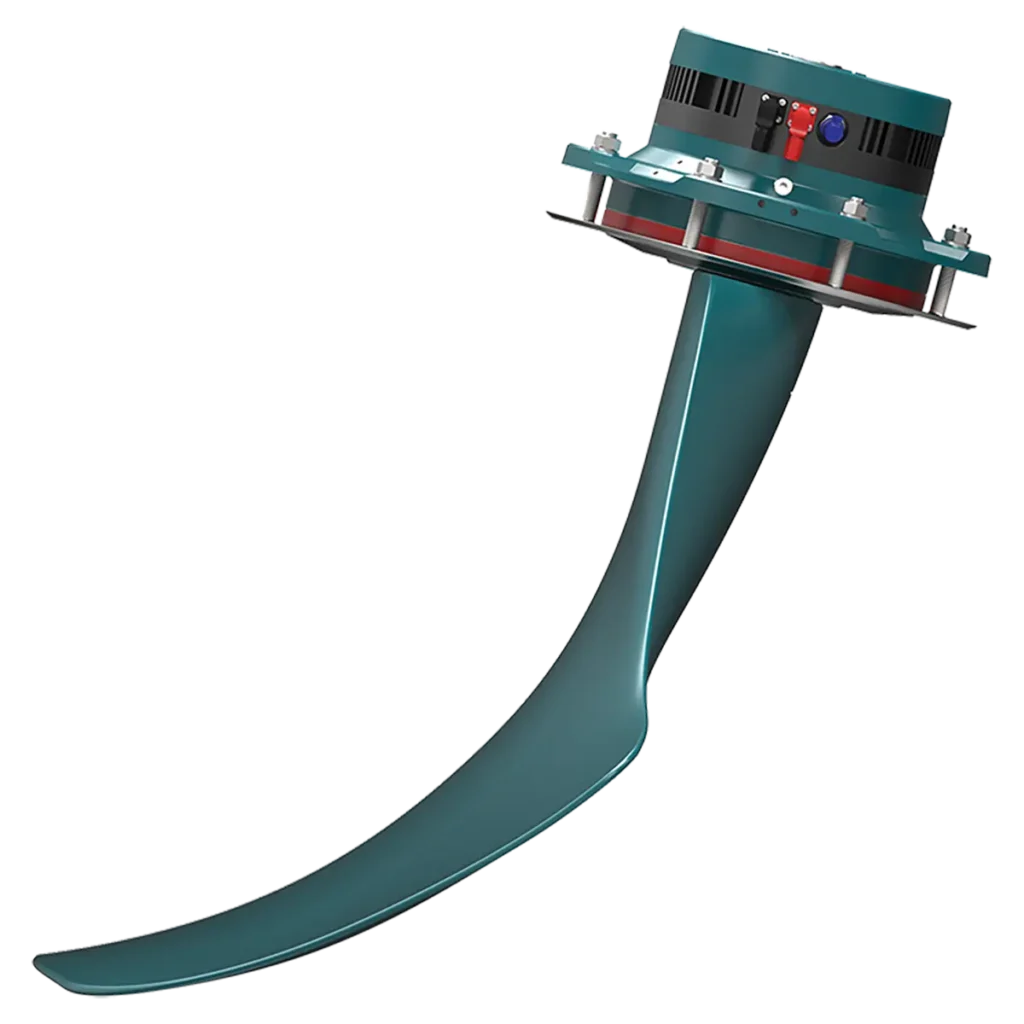
A learning adaptive algorithm that has continuously developed over 15 years gives the fins an understanding of the seas. “The algorithm is the predictive movement of the ship,” says Torjusen. Most stabilizers feel the boat move and react, but Sleipner’s algorithm is a self-learning one, so after three or four waves, the stabilizer will anticipate the wave pattern and react accordingly. Yes, waves aren’t consistent, but the fins reduce roll substantially if an unexpectedly large set comes through.
Sleipner’s Vector Fins are available as an electric or hydraulic system. Electric systems tend to be noisy because of its motor and gear, but Sleipner engineers developed and patented a noise cancellation technology “that typically reduces seventy to ninety percent of structural-born noise,” says Torjusen. “Any airborne noise can be, relatively easily, isolated by the installer.”
Another aspect of the electric system is the development of a high-torque motor. “The most important reason we need a high-torque motor is because we have a need to create lift with the fins, which is what enables the foiling,” adds Torjusen. “That part means that some boats are now faster with fins than without fins.”
Subscribe Here For More Boating Content
The high-torque motor also has the advantage of controlling boat heel in strong side winds and preventing the boat from crashing into a wave when cruising in following seas. During the test ride on a Fairline 65, the moderate crosswind with three- to four-foot seas had little effect with the stabilizers engaged. Without, well, we were rocking and rolling.
Sleipner Group was founded in Norway in 1908, producing motors for fishing and recreational vessels, then developed bow and stern thrusters in the 1980s, known during that time as Side-Power, which are highly reliable systems. Because Sleipner designs, develops, manufactures, and assembles all its products in-house and in the water, with strict measuring and quality controls. Every part, including the tools, meets specific tolerances and the completed product is tested and proven before installation on a yacht. “Discovering a mistake here in our own factory costs no money,” says Torjusen. “Discovering a problem on board a yacht, even if it’s two years or three years down the line, is super expensive.”
Technology advances continuously and its new, fourth-generation stabilizer is a testament that Sleipner is: “Ocean-born. Tech-bred.” sleipnergroup.com
-by Steve Davis


